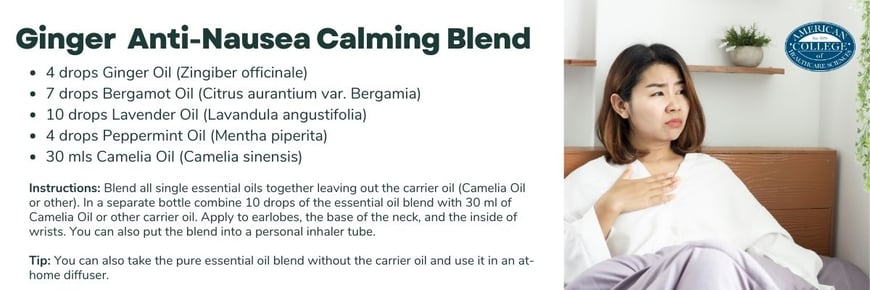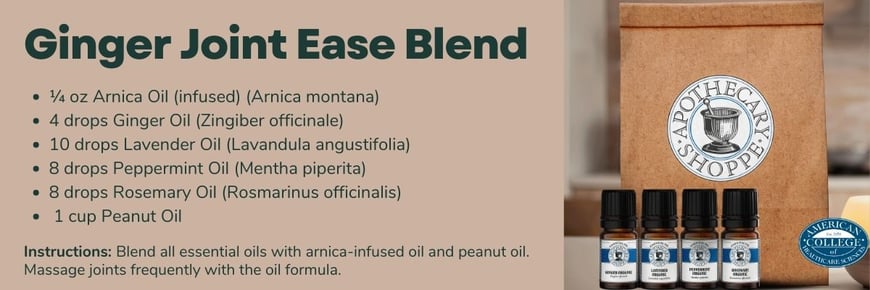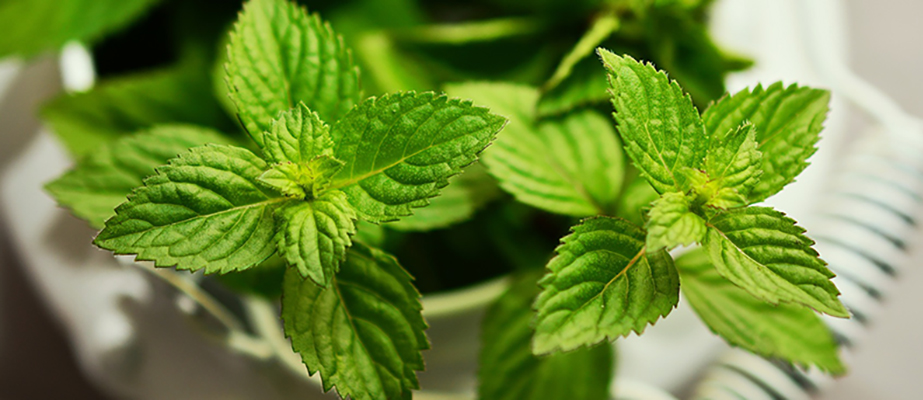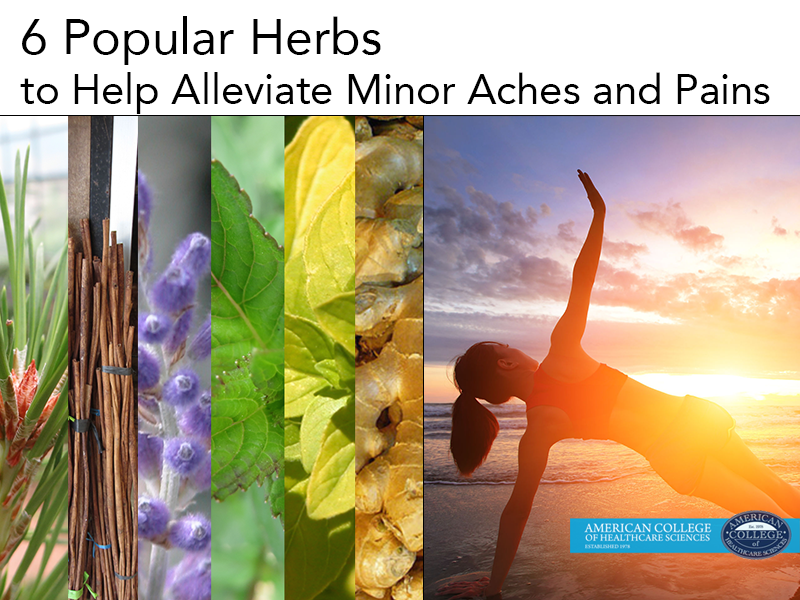Written by Dorene Petersen, Founding President of American College of Healthcare Sciences, ACHS.edu. Based on Dorene's article, Generous Ginger Essential Oil, first published in the International Herb Association Ginger Herb of the Year™ 2023. Reprinted with permission.
How to Use Ginger Oil
Ginger Oil Zingiber officinale Roscoe, has established itself as a reliable companion for digestive comfort, yet it is equally prized for its vibrant role in enhancing culinary delights. With its inviting, freshly warm, woody essence imbued with subtle spiciness and hints of citrus, ginger adds a zestful dimension to dishes. This comforting and invigorating ginger fragrance is perfect for diffusing or blending, whether you're celebrating the holidays or simply seeking to craft a welcoming, refreshing, and invigorating ambiance anytime.
We have put together a few “essential” Ginger Oil recipes that show its therapeutic benefits, fragrance depth, and versatility.
Ginger Oil Recipes

Anti-Nausea Calming Blend
- 4 drops Ginger Oil Zingiber officinale
- 7 drops Bergamot Oil Citrus aurantium var. Bergamia
- 10 drops Lavender Oil Lavandula angustifolia
- 4 drops Peppermint Oil Mentha piperita
- 30 mls Camelia Oil Camelia sinensis:
Instructions: Blend all single essential oils together, leaving out the carrier oil (Camelia Oil or other). In a separate bottle, combine 10 drops of the essential oil blend with 30 ml of Camelia Oil or other carrier oil. Apply to earlobes, the base of the neck, and the inside of wrists. You can also put the blend into a personal inhaler tube.
Tip: You can also use the pure essential oil blend without the carrier oil in an at-home diffuser.

Ginger Joint Ease Blend
- ¼ oz Arnica Oil (infused) Arnica montana
- 4 drops Ginger Oil Zingiber officinale
- 10 drops Lavender Oil Lavandula angustifolia
- 8 drops Peppermint Oil Mentha piperita
- 8 drops Rosemary Oil Rosmarinus officinalis
- 1 cup Peanut Oil
Instructions: Blend all essential oils with arnica-infused oil and peanut oil. Massage joints frequently with the oil formula.
Renowned herbalist Susan Belsinger shares she enjoys Dorene's Joint Ease Blend blend and shares it with friends and family. Susan discovered the blend in Dorene Petersen’s article, Generous Ginger Essential Oil, published in the International Herb Association’s Ginger Herb of the Year™ 2023 book. "I have given many bottles (I use tincture bottles, so it is easy to control amounts by the dropper) to friends and family who have joint and arthritis pain. Really, I do not know anyone who can't use it, and it smells so good," Susan shared.
Travel Blend
- 10 drops Lavender Oil Lavandula angustifolia
- 7 drops Grapefruit Oil Citrus paradisi
- 4 drops Ginger Oil Zingiber officinale
- 4 drops Peppermint Oil Mentha ×piperita
Instructions: Blend all oils. When traveling by air, place it on the air vent above your seat. For skin application, add 10 drops to a base oil of your choosing and apply to earlobes, base of neck, and inside of wrists while in the air. It is important to drink at least two 8-ounce glasses of water hourly while traveling.
Sports Rub
- 10 drops Lavender Oil Lavandula angustifolia
- 8 drops Peppermint Oil Mentha piperita
- 8 drops Rosemary Oil Rosmarinus officinalis
- 4 drops Ginger Oil Zingiber officinale
- ¼ oz Arnica Oil (infused) Arnica montana infused
- 1 cup Peanut Oil
Instructions: Blend all essential oils with arnica-infused oil and peanut oil. Apply the Sports Rub recipe and massage it into the skin. After the massage is complete, we recommend applying an ice pack.
Substitutions: For nut allergies, be sure to substitute a non-nut base carrier oil.
Safety Guidelines Regarding the Use of Ginger Oil
Ginger’s toxic rating is I.2
A skin patch test is recommended for anyone with sensitive skin as it may cause irritation. This usually occurs when applied at full strength, which is not recommended. There have been reports of insignificant potential photosensitivity; however, for anyone with sun sensitivity, exercise caution.
- Do not apply full strength to the face, eyes, or nose.
- Avoid diffusion for longer than 15 minutes in a well-ventilated room for children under 10 years of age.
- Ginger essential oil, oleoresin, or CO2 extract should not be used while experiencing morning sickness or during pregnancy.




